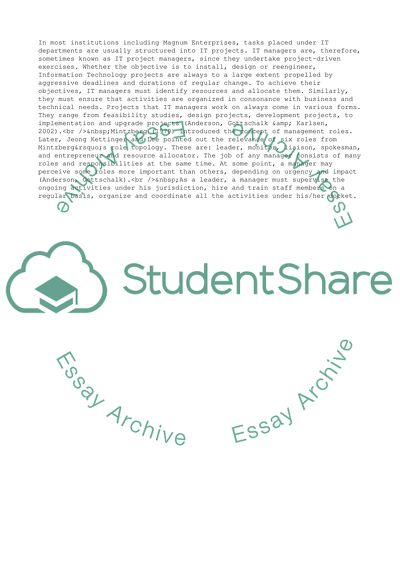Cite this document
(“Role of IT Managers in Organizations Term Paper”, n.d.)
Retrieved from https://studentshare.org/business/1638659-it-management
Retrieved from https://studentshare.org/business/1638659-it-management
(Role of IT Managers in Organizations Term Paper)
https://studentshare.org/business/1638659-it-management.
https://studentshare.org/business/1638659-it-management.
“Role of IT Managers in Organizations Term Paper”, n.d. https://studentshare.org/business/1638659-it-management.


